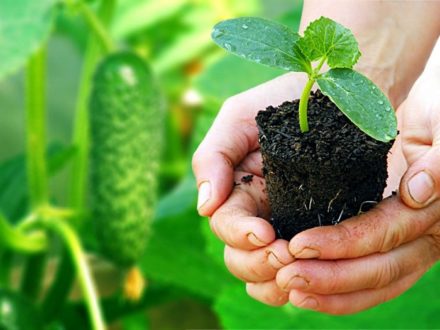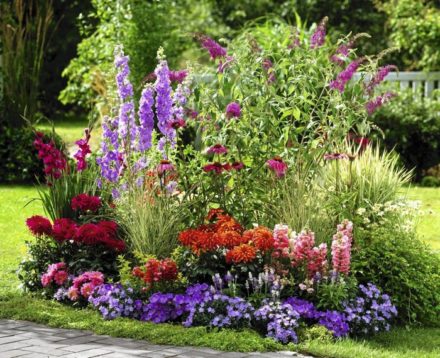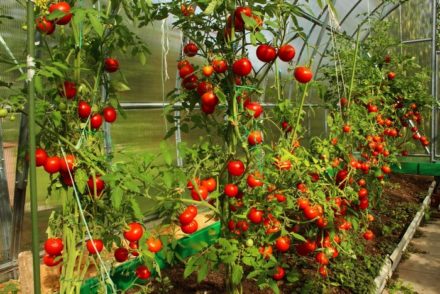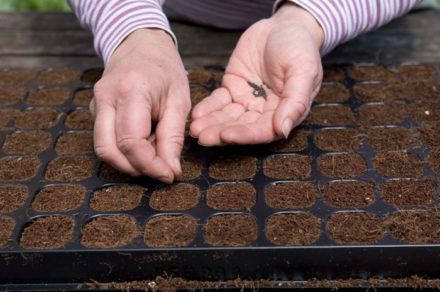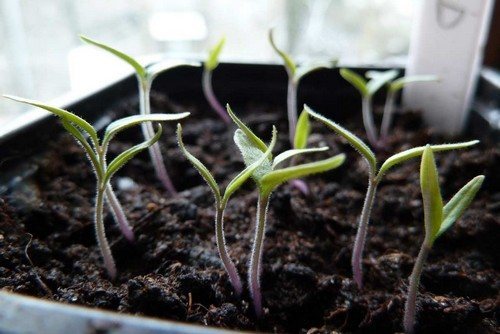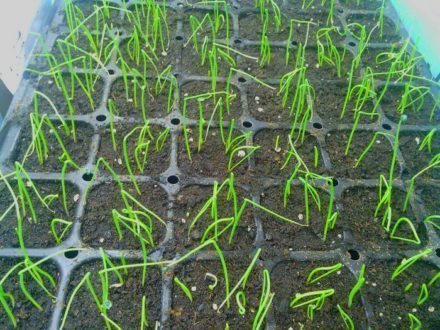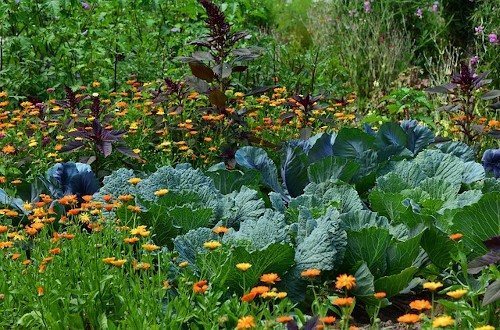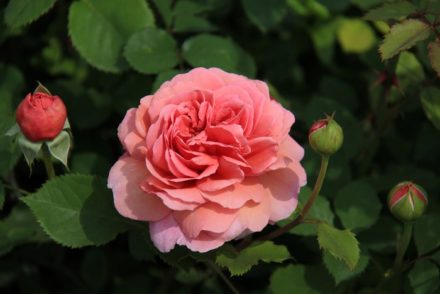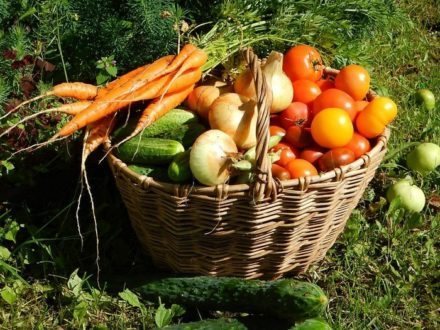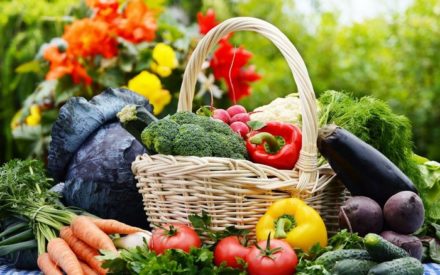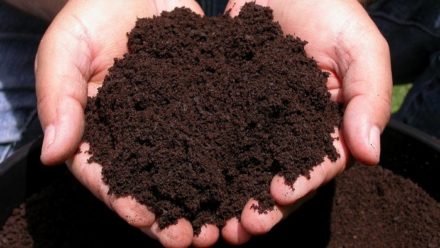Any housewife is interested in a rich harvest. And you need to think about planting vegetables now. Some vegetable crops need to be planted already in January, otherwise they simply will not have time to sprout.
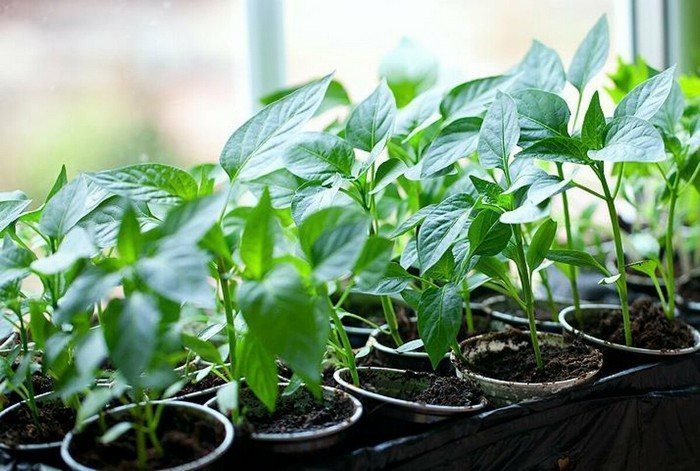
bell pepper
Bell peppers of mid-season and late-ripening varieties have a long growing season - from 110 to 140 days. Therefore, in order for the pepper to ripen for the season, they begin to plant it as seedlings from January to February.
Pepper requires special care. He needs a light regime for 12 hours during the day and an air temperature of at least 25 degrees.
First, the peppers are planted in a small container. Just in case, plant two seeds - one may not sprout. But if both have sprouted, then one needs to be removed. When there are already four leaves, the pepper is transplanted into a larger container.
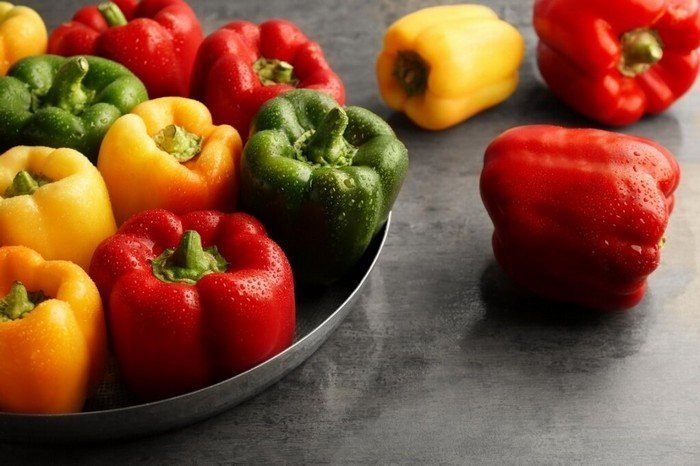
Eggplant
Eggplants, by their nature, cannot grow independently in the conditions of the northern and middle zones, because they are late-ripening and heat-loving plants. People help eggplants reach maturity by planting them as early as January.
First, two seeds are planted in a container or small pot, as in the case of peppers. If both seeds have sprouted, then one of them must also be removed. It is necessary to ensure light and water conditions, as well as a constant temperature of 25 degrees. When several leaves appear, future eggplants can be transplanted into a large container.

Tomatoes
It is especially important to plant late-ripening and early-ripening varieties in January. They can be transplanted into open ground after 2 months. If you overexpose the seedlings, they become overgrown, and waiting for the harvest will be useless.
Like peppers and eggplants, two tomato seeds are planted in a small container and wait for four leaves to appear. Then they are transplanted into a larger container. It is important to provide future tomatoes with a light regime for 12 hours.
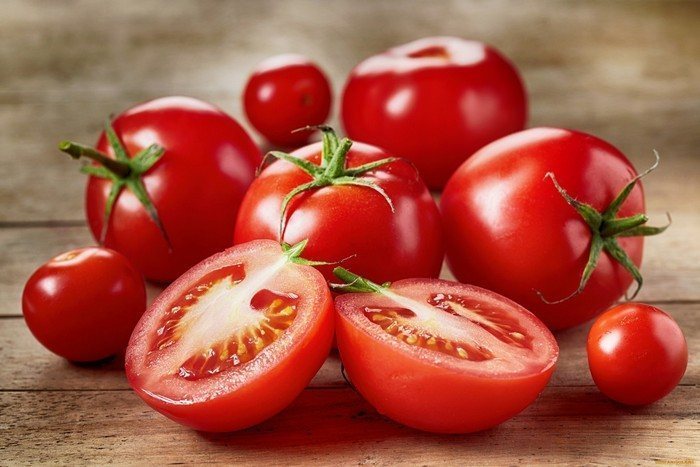
Don't forget about flowers
Vegetables are good, but what about flowers? Many of them also need early planting to shine with their beauty by summer.
Gardeners recommend paying attention to several varieties. Among them:
- Begonia;
- Petunia;
- Eustoma;
- Turkish carnation.
These varieties will be enough to create a flower bed that pleases the eye. You can also plant daffodils and tulips - a full bouquet will be ready by March 8. After this, the flowers can be transplanted into the ground.
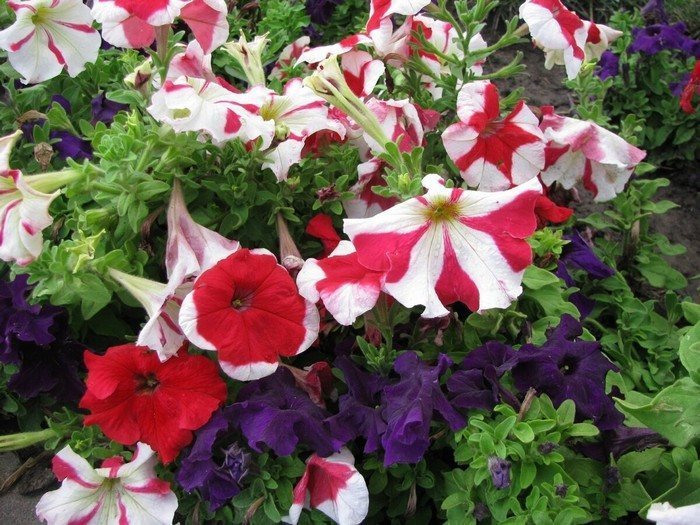
You need to take care of the harvest in advance, especially when its components are frequent guests on the dinner table. If you plant seedlings on time, then in the summer the eye will be pleased with ripe vegetables and bright flower beds.


